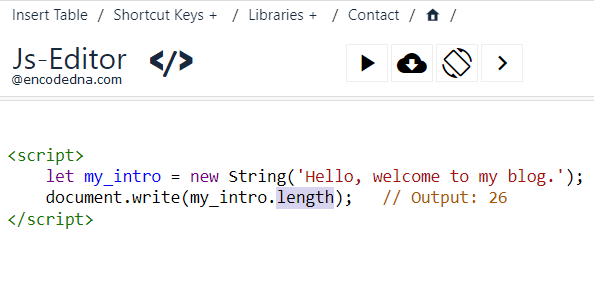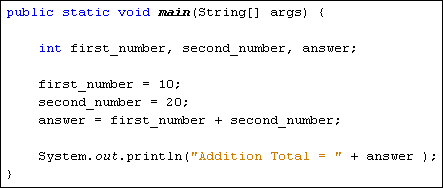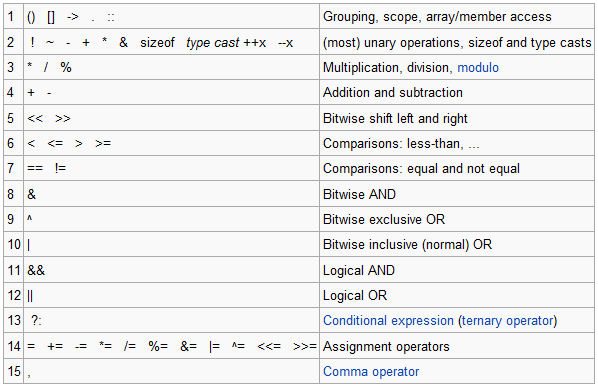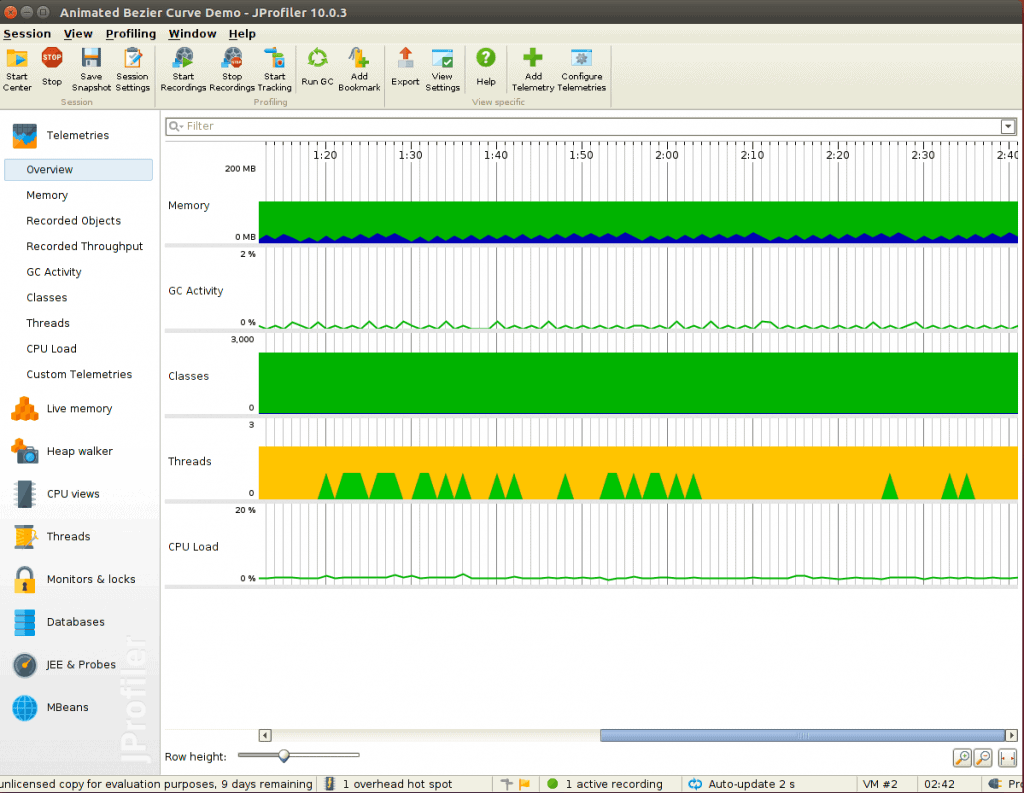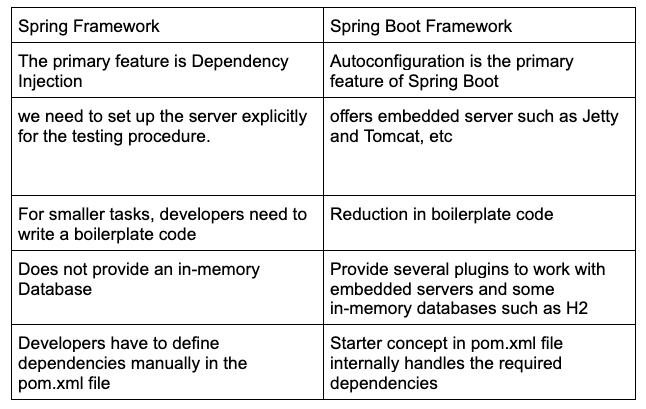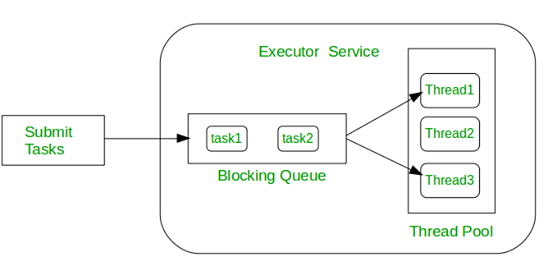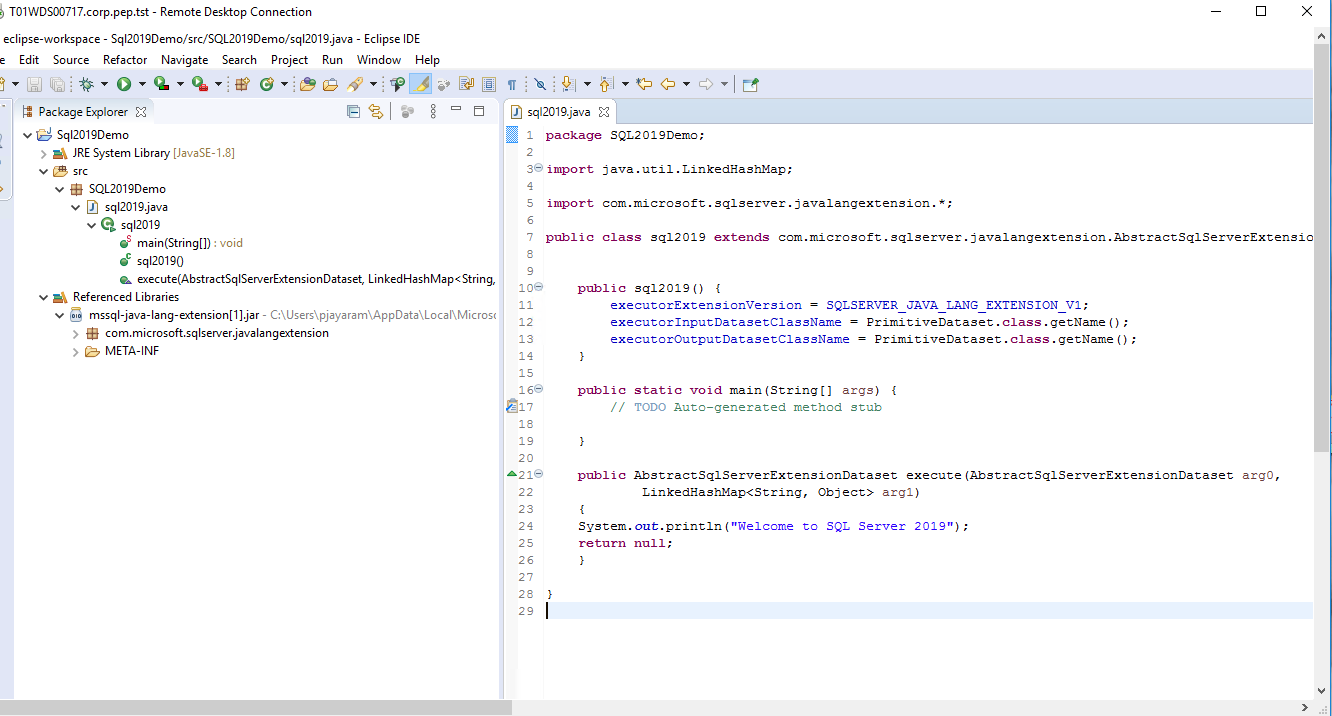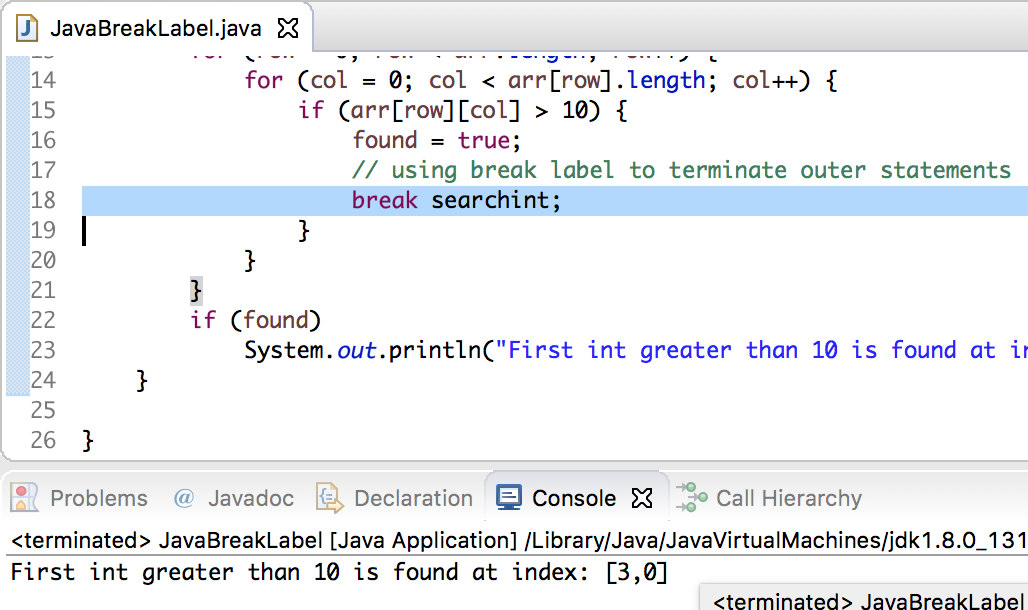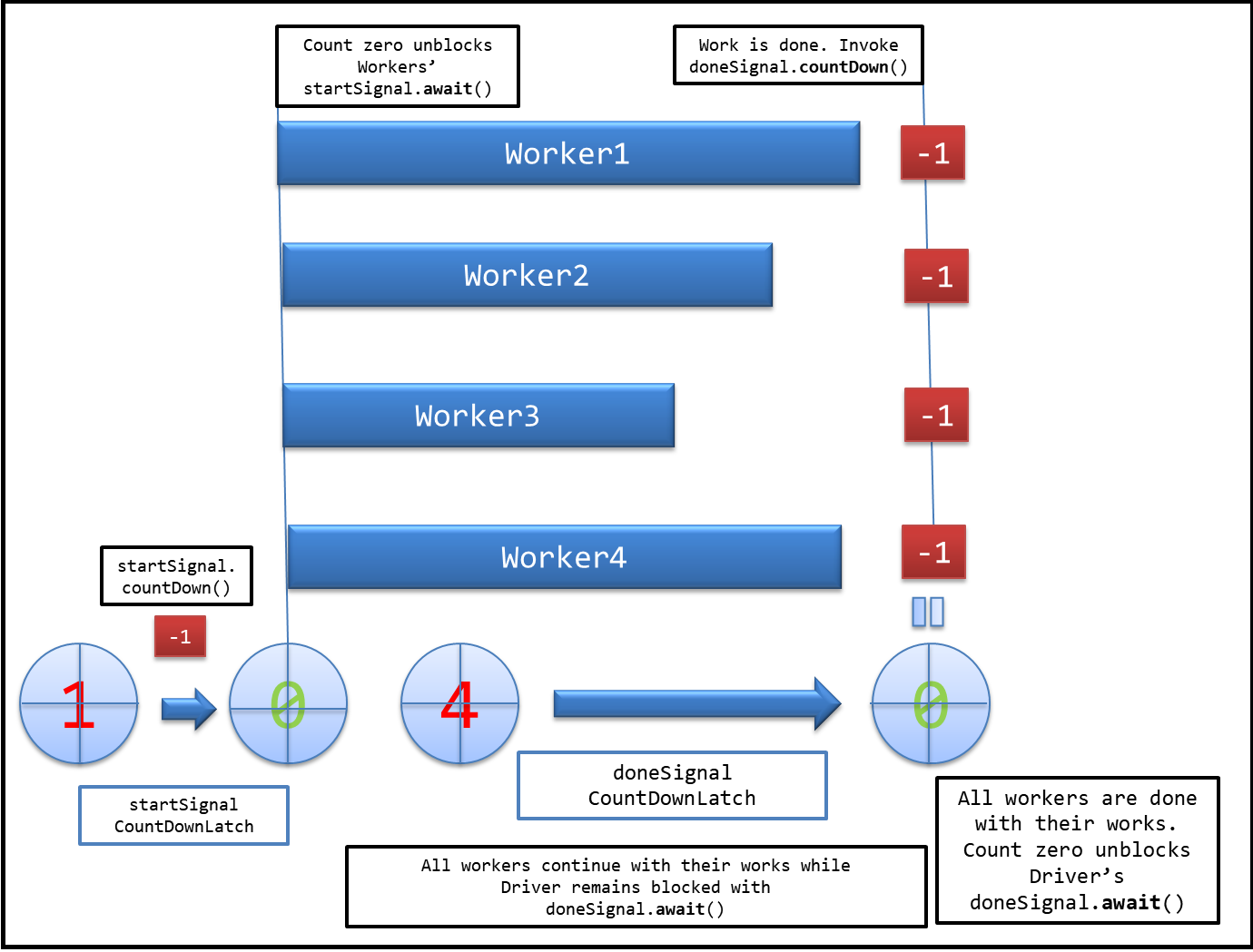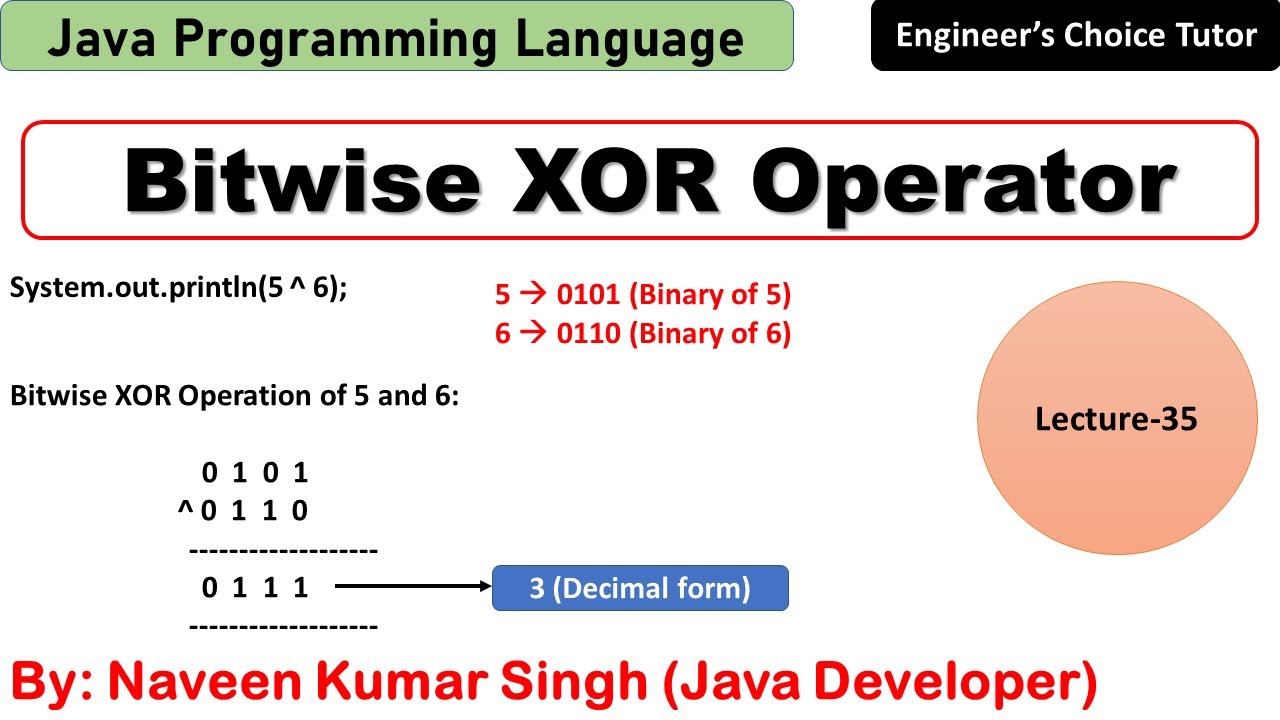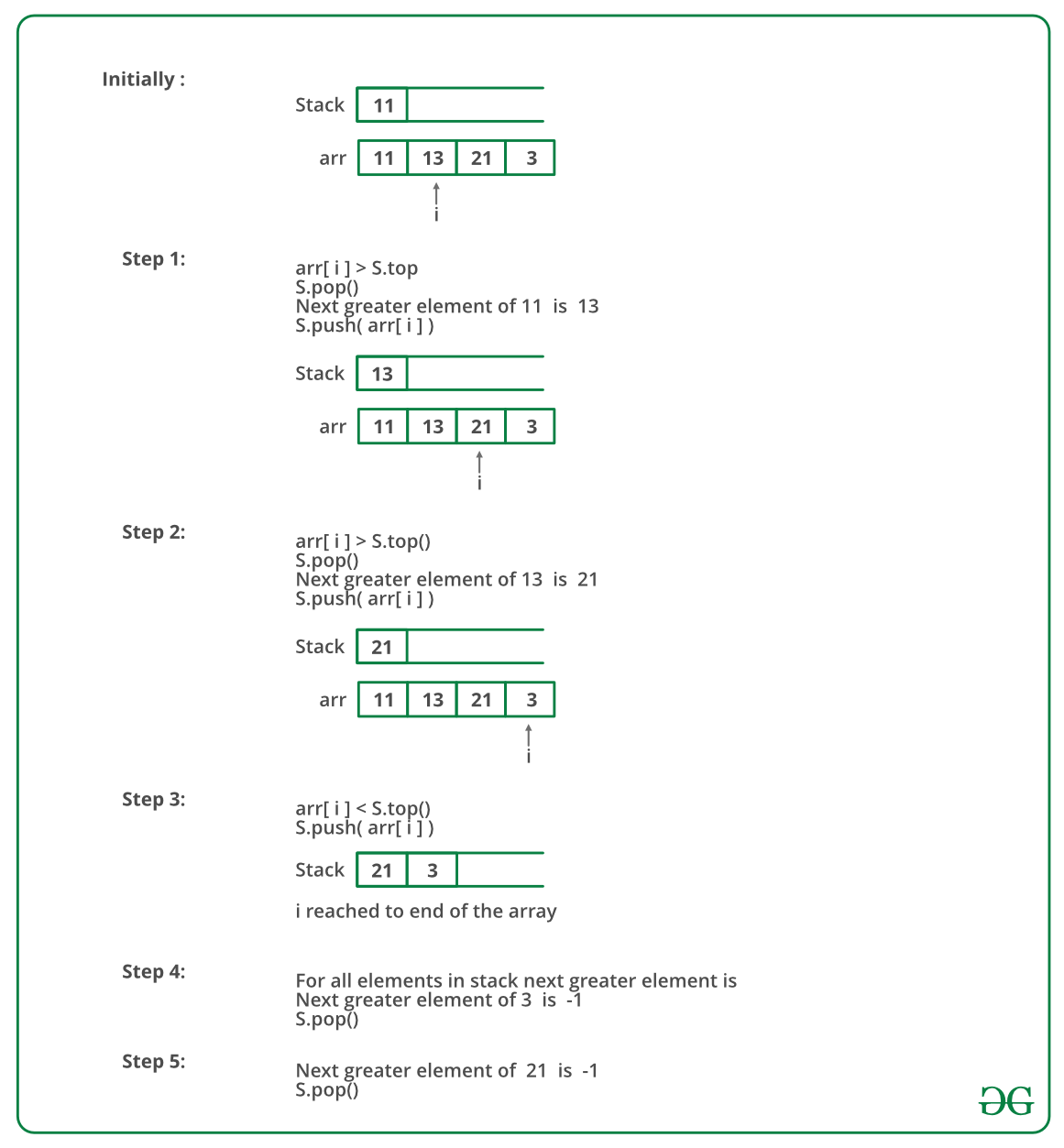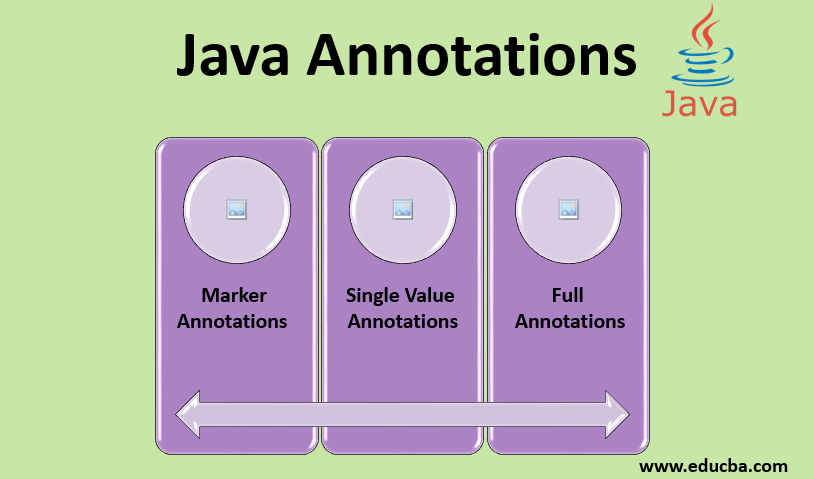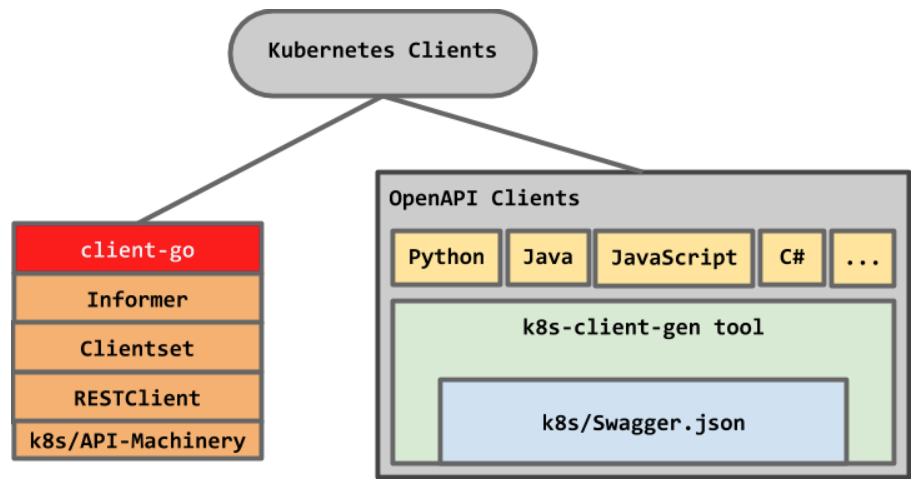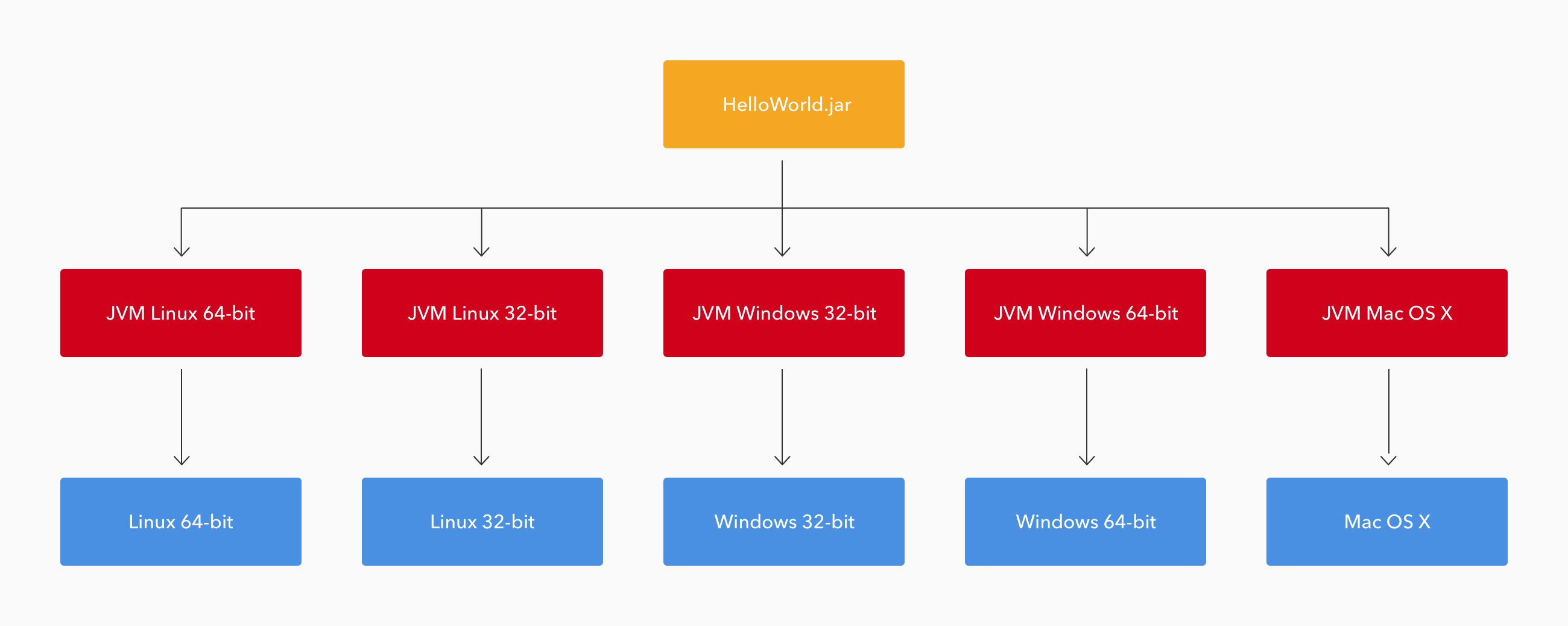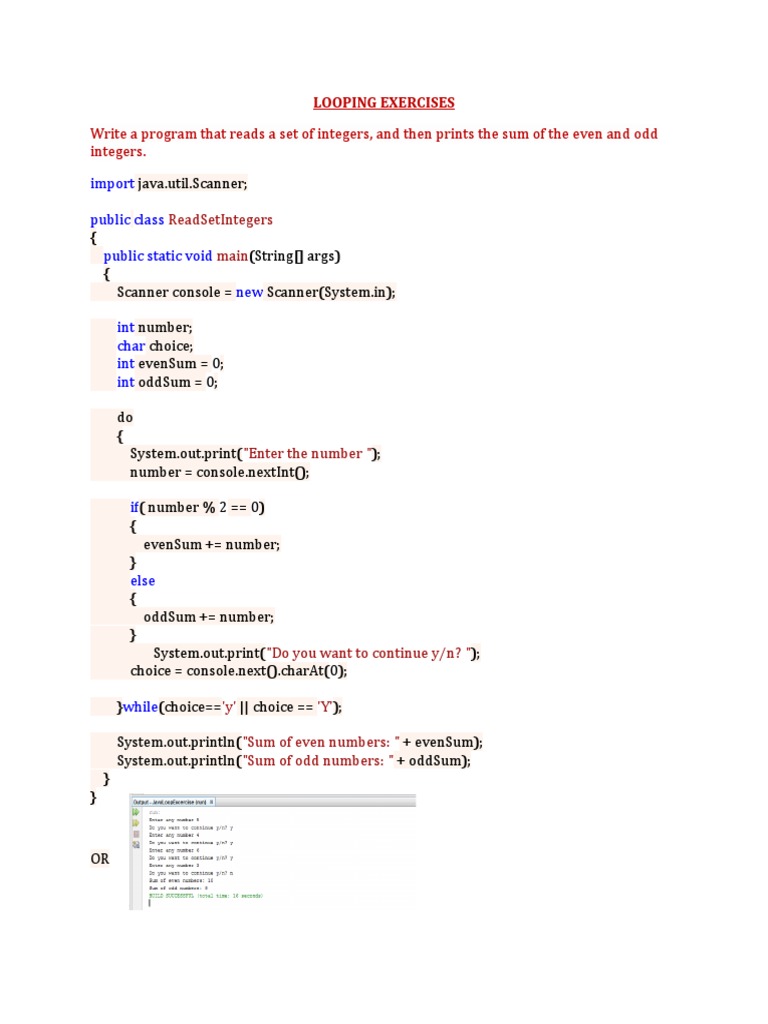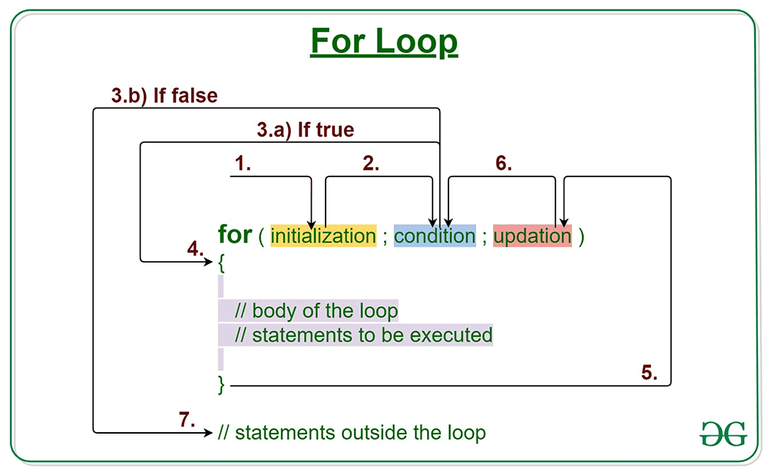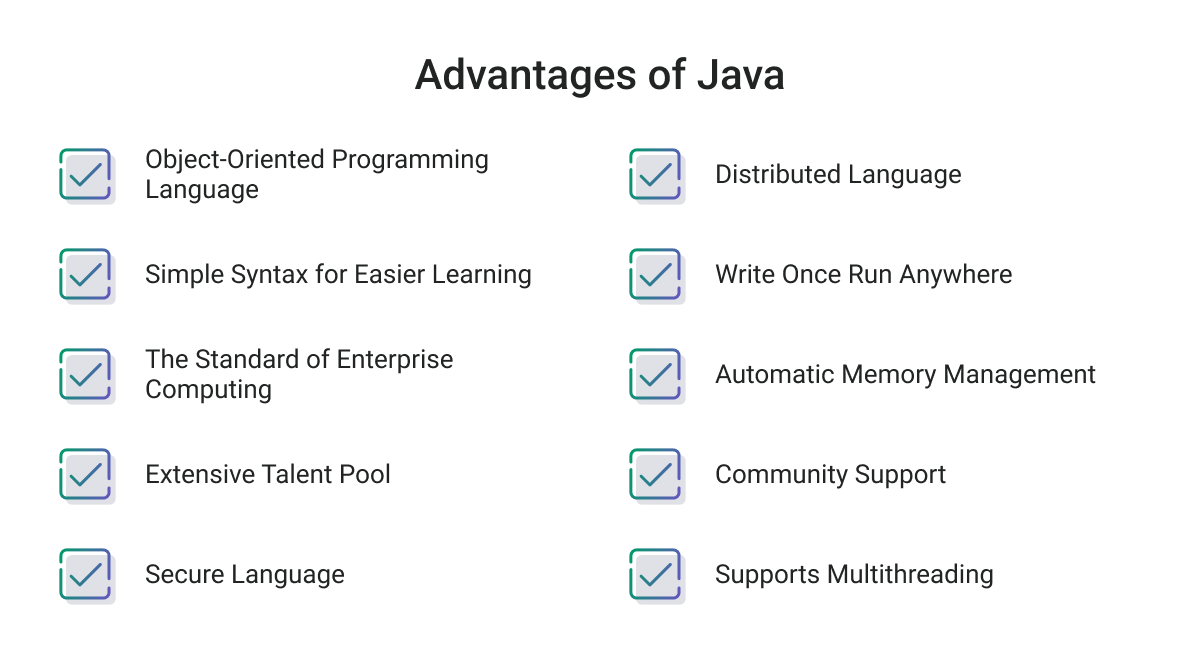How to enable SSL certificate verification in Java?
How to enable SSL certificate verification in Java?

To enable SSL certificate verification in Java, you need to specify the sslContext when creating an HTTPS connection using the HttpsURLConnection. Here's a step-by-step guide:
Step 1: Create an SSLContext object

import javax.net.ssl.SSLContext;
import javax.net.ssl.TrustManagerFactory;
// Load the truststore (a file containing trusted certificates)
TrustManagerFactory tmf = TrustManagerFactory.getInstance();
tmf.setTrustStore(new FileInputStream("path/to/truststore"));
SSLContext sslContext = SSLContext.getInstance("TLS");
sslContext.init(tmf.getTrustManagers(), null, null);
In this example, we create an SSLContext object and initialize it with a trust manager factory. The trust manager factory loads the trust store (a file containing trusted certificates), which is used to verify the identity of servers.
Step 2: Set the SSLContext on HttpsURLConnection
import java.net.URL;
import javax.net.ssl.HttpsURLConnection;
URL url = new URL("https://example.com");
HttpsURLConnection connection = (HttpsURLConnection) url.openConnection();
connection.setSSLSocketFactory(sslContext.getSocketFactory());
In this step, we create an HttpsURLConnection object and set the SSL context using the setSSLSocketFactory() method.
Step 3: Verify the SSL certificate
import java.security.cert.X509Certificate;
// Get the server's SSL certificate
X509Certificate cert = connection.getServerCertificate();
// Verify the certificate
if (cert == null || !sslContext.verifyCert(cert)) {
// Handle the case where the certificate is invalid or not trusted
}
In this step, we get the server's SSL certificate using the getServerCertificate() method and verify it using the verifyCert() method of the SSLContext. If the verification fails (i.e., the certificate is invalid or not trusted), you can handle the situation as needed.
By following these steps, you can enable SSL certificate verification in Java when making HTTPS connections. This ensures that your application only communicates with trusted servers and helps prevent man-in-the-middle attacks.
Here's a complete code example:
import javax.net.ssl.SSLContext;
import javax.net.ssl.TrustManagerFactory;
import java.security.cert.X509Certificate;
import java.net.URL;
import javax.net.ssl.HttpsURLConnection;
public class SSLVerifyExample {
public static void main(String[] args) throws Exception {
// Load the truststore (a file containing trusted certificates)
TrustManagerFactory tmf = TrustManagerFactory.getInstance();
tmf.setTrustStore(new FileInputStream("path/to/truststore"));
SSLContext sslContext = SSLContext.getInstance("TLS");
sslContext.init(tmf.getTrustManagers(), null, null);
// Create an HTTPS connection
URL url = new URL("https://example.com");
HttpsURLConnection connection = (HttpsURLConnection) url.openConnection();
connection.setSSLSocketFactory(sslContext.getSocketFactory());
// Get the server's SSL certificate and verify it
X509Certificate cert = connection.getServerCertificate();
if (cert == null || !sslContext.verifyCert(cert)) {
System.out.println("Invalid or untrusted certificate");
} else {
System.out.println("Valid certificate from trusted authority");
}
}
}
Note that you need to replace "path/to/truststore" with the actual path to your trust store file.
How does a Java certificate work?

I'll make sure to respond in English, and I'll provide a detailed explanation of how Java certificates work.
A Java certificate is a digital document that verifies the identity of an individual or organization. In the context of Java programming, a certificate serves as proof that a particular developer, organization, or device has been authenticated by a trusted authority. This authentication ensures that the entity possesses a unique identifier and can be relied upon to maintain the security and integrity of sensitive data.
Here's how it works:
Certificate Authorities (CAs): A CA is an entity responsible for issuing digital certificates. CAs are trusted organizations that verify the identity of individuals or organizations. Popular CAs include VeriSign, GlobalSign, and Comodo. Certificate Request: When a developer or organization needs to obtain a certificate, they send a request to a CA. This request includes information about themselves, such as their name, organization, and public key (used for encryption). Validation Process: The CA verifies the identity of the requesting entity using various methods: For individuals: CAs may check government-issued documents, such as passports or driver's licenses. For organizations: CAs verify company registration records, tax IDs, or other official documentation. Certificate Generation: If the CA confirms the identity, they generate a digital certificate containing the following information: The subject's name (the entity being certified). A public key (used for encryption and authentication). A serial number (unique identifier). The issuer's name (the CA that issued the certificate). Expiration date (when the certificate is no longer valid). Certificate Installation: Once the certificate is generated, the developer or organization installs it on their system or device. This certificate is used to authenticate themselves when communicating with other Java applications.How Certificates are Used:
Authentication: When a Java application needs to verify the identity of another party, it checks for a valid certificate. If the certificate is present and trusted by the CA, the entity's identity is confirmed. Encryption: The public key in the certificate can be used for symmetric-key encryption (encrypting data with the same key) or asymmetric-key encryption (using separate keys for encryption and decryption). Digital Signatures: Certificates are often used to create digital signatures, which ensure that a message has not been tampered with during transmission.In summary, Java certificates provide a secure way to verify an entity's identity, authenticate communication, and encrypt sensitive data. By using trusted CAs, developers can build trust into their applications, ensuring the integrity of online transactions and data exchange.
